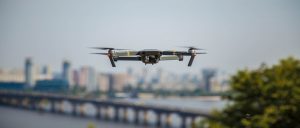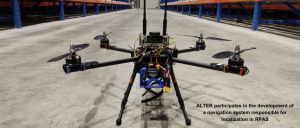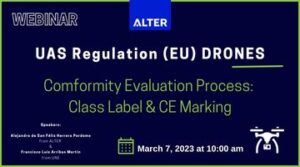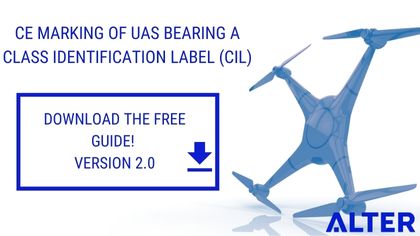CE Marking process requirements
CE Marking guarantees that a product meets the requirements necessary to be sold and enjoy free circulation in the European market. Before affixing the lab, the products need to go through a series of steps that manufacturers must consider.
We explain each step below:
1. Identification of applicable directives and their application requirements
The first step is the identification of the applicable directives. In this case, the main document to consider is the Delegated Regulation 2019/945 (including the respective amendment). Following it, we must also evaluate a drone system against the Radio Equipment (including EMC concerns) and Machinery Directives requirements. For these Directives, there are several Harmonized Standards developed as a proof of compliance means and usually focused on specific parts of the Directive.
Once the directives have been identified, the next step is to comply with them.
The applicable directives and their requirements for a complete assessment of drones are:
- Radio Equipment Directive (RED)
Directive 2014/53/EU on Radio Equipment specifies the essential requirements (Article 3) the product must meet in order for the manufacturer to affix the CE marking.
The essential requirements of Radio Equipment Directive (RED) as laid out in of the Directive 2014/53/EU entail that radio equipment shall be constructed so as to ensure, among other factors, the protection of health and safety of persons and of domestic animals and the protection of property and an adequate level of electromagnetic compatibility.
- Machinery directive (MD)
Machinery Directive CE marking assurances a high level of protection for EU workers and citizens. As it is a ‘New Approach’ Directive, it promotes harmonization through a combination of mandatory health and safety requirements (Annex I), and voluntary harmonized standards.
The first step a manufacturer should take to ensure that a machine will be compliant with the Directive is to carry out an assessment procedure, with regard to the essential requirements.
- Electromagnetic Compatibility Directive (EMC)
Directive 2014/30/EU applies to a vast range of equipment encompassing electrical and electronic appliances, systems and installations. This directive specifies in detail the essential requirements (Annex I) the product has to meet in order for the manufacturer to affix the CE marking.
Electromagnetic Compatibility Directive (EMC) is intended to ensure that equipment liable to generate or to be affected by electromagnetic disturbance can be used in the electromagnetic environment for which it has been designed without causing disturbances to other equipment or being affected by them.
Alter Technology is ISO 17025 accredited laboratory for EMC, electrical, climatic and vibration testing (scopes ENAC 345/LE808).

- Low Voltage Directive (LVD)
CE marking Low Voltage Directive ensures that electrical equipment within certain voltage limits provides a high level of protection (Annex I) and is intended to remove all obstacles to the sale of low voltage electrical equipment within the EU while at the same time ensuring that they offer the highest possible level of safety.
The Directive 2014/35/EU also specifies that equipment must not endanger people, animals, or property’s safety when properly installed and maintained and used in applications for which it was made.
2. Appropriate route for CE declaration of conformity
The next steps are dedicated to the selection of the appropriate route for conformity (applicable modules, i.e. Module A, or Module B+ Module C…) and the means for compliance for each requirement previously identified.
The conformity assessment modules are:
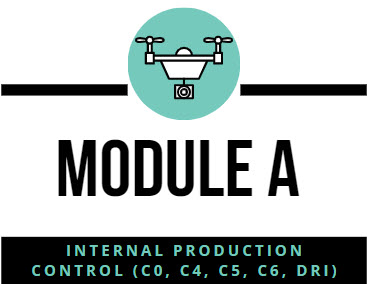
Module A covers both design production phases. The manufacturers ensure themself the conformity of the products to the legislative requirements.
This module does not require a notified body to take action (first-party conformity assessment). However, the manufacturer must carry out all checks a notified body would do.
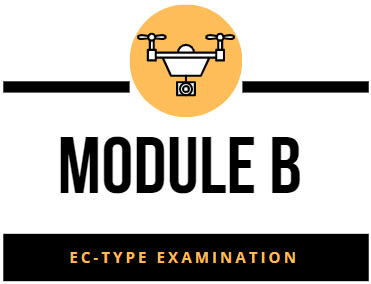
Module B covers only the design phase.
The EC-type examination is the part of a conformity assessment procedure in which a notified body (third-party conformity assessment) examines the technical design of a product and verifies and attests that the technical design of the product meets the requirements of the legislative instrument that apply to it by issuing an EC-type examination certificate.
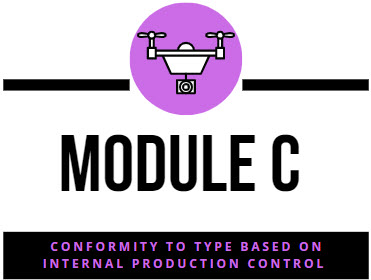
Module C covers only the production phase and follows module B. The manufacturers ensure themself the conformity of the products to the type described in the EC-type examination certificate and the requirements of the legislative instrument that applies to them.
This module does not require a notified body to take action (first-party conformity assessment). However, the manufacturer must carry out all checks a notified body would do.
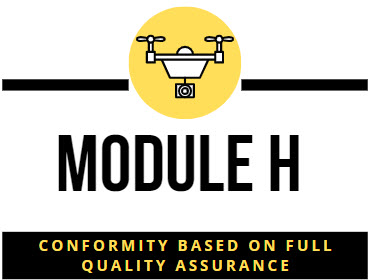
- A third party is required.
Module H covers both the design and production phases.
The manufacturers operate an approved quality system for design, manufacture, and final product inspection and testing. The notified body (third-party conformity assessment) assesses the quality system to determine that this system ensures compliance of the products with the requirements of the legislative instrument that applies to them.
Upon positive assessment, it is up to the manufacturer to ensure and declare on his sole responsibility that the products concerned satisfy the requirements of the legislative instrument that apply to them.
3. Assessment for Products Conformity and Technical Dossier Compilation
An integral product conformity assessment is the main concept considered for the achievement of our system reliability. The product conformity assessment includes testing, inspection, and certification:
- Safety testing
- Cybersecurity testing
- EMC testing
- Radio testing
- Environmental testing:
- Mechanical: Vibration & shock, Impact
- Climatic: temperature & humidity (dry heat, damp heat, thermal shock)
- Salt mist test
- Water and dust tightness test
ALTER TECHNOLOGY; As a quality-driven provider of engineering and test services within the drones’ market, Alter Technology has created comprehensive services in this concern to guarantee your system and equipment reliability according to this new regulatory framework for drones.
In this concern, Alter Technology develops and implements a customized test plan for your drone. Our RPAS and laboratory experts will help you select and carry out the necessary tests for your devices.
Once the assessment has been completed, the manufacturer or the authorized representative must draw up a declaration of conformity (DoC). The declaration should contain all information to identify:
- The product
- The legislation according to which it is issued
- The manufacturer or the authorized representative
- The notified body, if applicable.
- A reference to harmonized standards or other normative documents, where appropriate
This last part of the process ends with a technical dossier compilation specifying the tests’ results in the product conformity assessment.
4. End of the process: Affix CE Marking for drones
Once the successful execution of tests and evaluations are verified, the manufacturer can affix the CE Marking and the Class Label systems. It is also important to identify the official European Marking because there are other similar marks in the market.

